How I Optimised My Prompt for Vibe Coding
Introduction
If you've ever done "vibe coding", you know the feeling.
You get a spark of inspiration at 10 a.m., open your no-code builder, and — boom — a half-working prototype appears.
Whole day past, it's also a half-broken one.
Been there. Built that. Broke that. This post is about how I cleaned up my mess using prompt optimisation.
Not fancy theory, just real experience, using repeatable tricks that made my AI outputs less trash and more usable code.
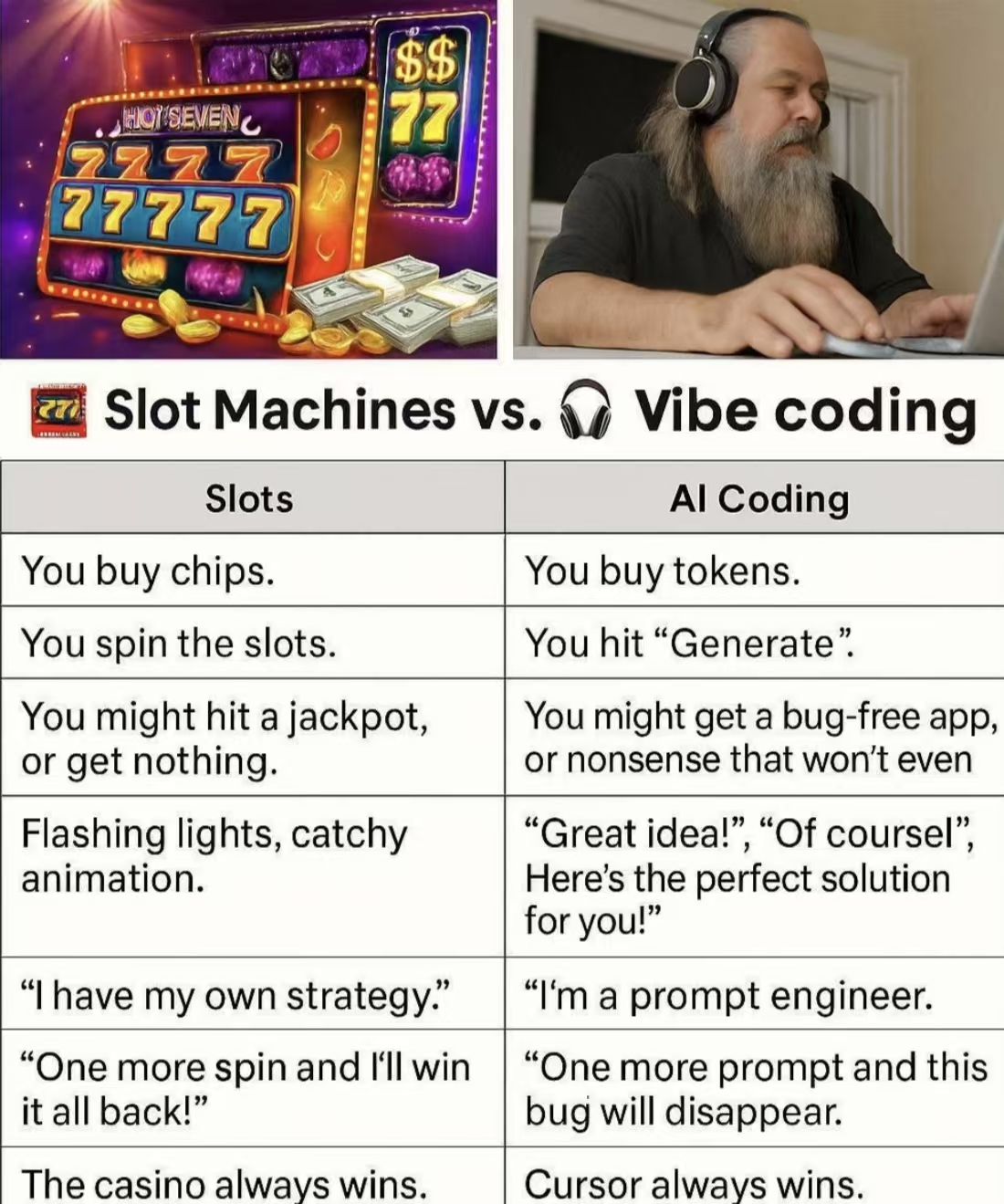
You keep adding "just one more thing." The logic tangles. The UX cries.
Then the AI stops understanding you.
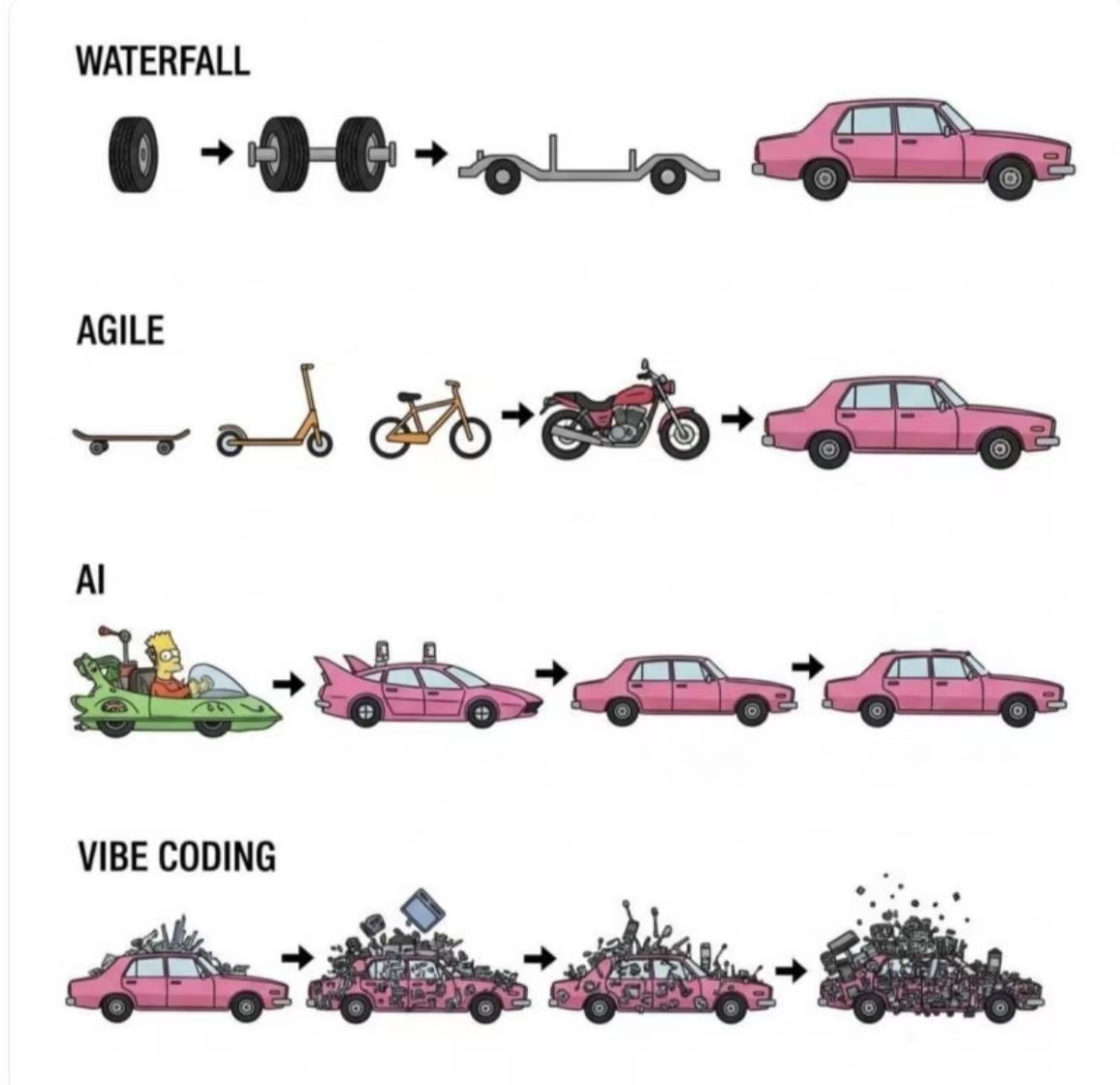
Part 1 — The Pain Points of Vibe Coding
Vibe coding starts like a caffeine rush: Ideas explode, prototypes appear, dopamine hits. Then chaos sneaks in.
You keep adding "just one more thing." The logic tangles. The UX cries. Then the AI stops understanding you.
And the worst part?
You think you're giving clear prompts, but you're actually tossing half-baked thoughts at a model and praying it gets the vibe.
Spoiler: It doesn't work. Garbage in → polite garbage out. And the whole work became like a polished wrapper for nothing.
Part 2 — The Prompt Optimisation Fix
Here's what finally worked for me: stop chatting with AI like it's a genie, and start briefing it like a coworker who needs context.
1. Be specific (AI hates vagueness)
Bad: "Build a dashboard for writers."
Better:
"You're a senior product designer. Create a clean dashboard for a writing tracker app. Show streak, word count, and today's goal."
AI doesn't do "vibes." It does parameters.
Give it a specific role like "senior product designer with 10 years experience" to quickly help AI know its identity.
And be boringly detailed, especially on the function parts.
Don't let the "vibe coding" determined what function should contain — and your output will suddenly feel inspired.
If you don't have complete ideas, talk to the AI first before you want to "vibe" something.
2. Give context like a boss
AI doesn't know what "Writick" is or that your audience is anxious grad students with 15 tabs open. Tell it.
Example: "Writick is a writing habit app for students. The tone is warm and encouraging, not corporate. The UI is minimal and rounded."
Context turns random answers into relevant ones.
3. Structure your prompt like Lego
Break your prompt into blocks you can reuse:
| Block | Meaning | Example |
|---|---|---|
| Role / Persona | Who the AI pretends to be | "You are a senior product designer." |
| Project Context | The "why" | "This is a writing-habit tracker called Writick." |
| Task | The actual job | "Write a UI spec in markdown." |
| Constraints | Guardrails | "Keep it under 5 screens. No login flow." |
| Format | Output style | "Use markdown tables." |
| Example | Show what good looks like | Paste a MVP output. |
I keep these as mini building blocks. Mix, match, and reuse — just like LEGO, but with fewer sharp edges.
4. Modularise and version your prompts
Never overwrite. Clone and rename. "final_v3_really_final.md" is a lie — version properly.
I keep a little folder of prompt templates like:
feature_list_short.mdlandingpage_prompt_v2.mduser_story_v3.md
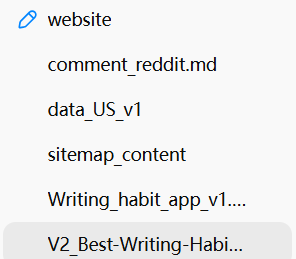
Such small action could make your chatbox like a personal prompt library. When you find one that works, keep it. This will reduce a lot of chaos in the future.
5. Iterate like you debug
Don't restart from scratch. Tweak one variable and rerun.
Example:
First try: "I wanna 10 features for a writing app, make it functional and fun."
Output: chaos — grammar gamification, social network, weird leaderboard… and so on
Refined prompt: "List 5 simple features for a solo writing tracker app. Focus on daily streaks, motivation, and clean UI."
Output: finally usable. See? One line fixed the vibe.
Part 3 — Case Study: Building Writick
My app Writick is a writing habit tracker for writing lovers.
When I first started, I was all "vibes." Cute UI, cozy colors, daily word count log.
Then I told AI: "Write a UI spec for Writick."
Result? A beautiful disaster. Fifteen pages. Feature creep. Social feed. Achievements I never planned.
So I rebuilt the prompt properly:
Role: Senior Product Manager
Context: Writick, a minimalist writing habit app
Task: Create a feature list in Markdown
Constraints: Focus on streaks and word tracking. No AI chat or community yet.
Format: Markdown table with 'Screen | Feature | Description'
Example: One row as sample.
The new output was crisp, focused, and ready to use in any vibe coding app. It make the app finally felt mine, not AI's fever dream.
With this prompt it came out nearly 90% what I thought.

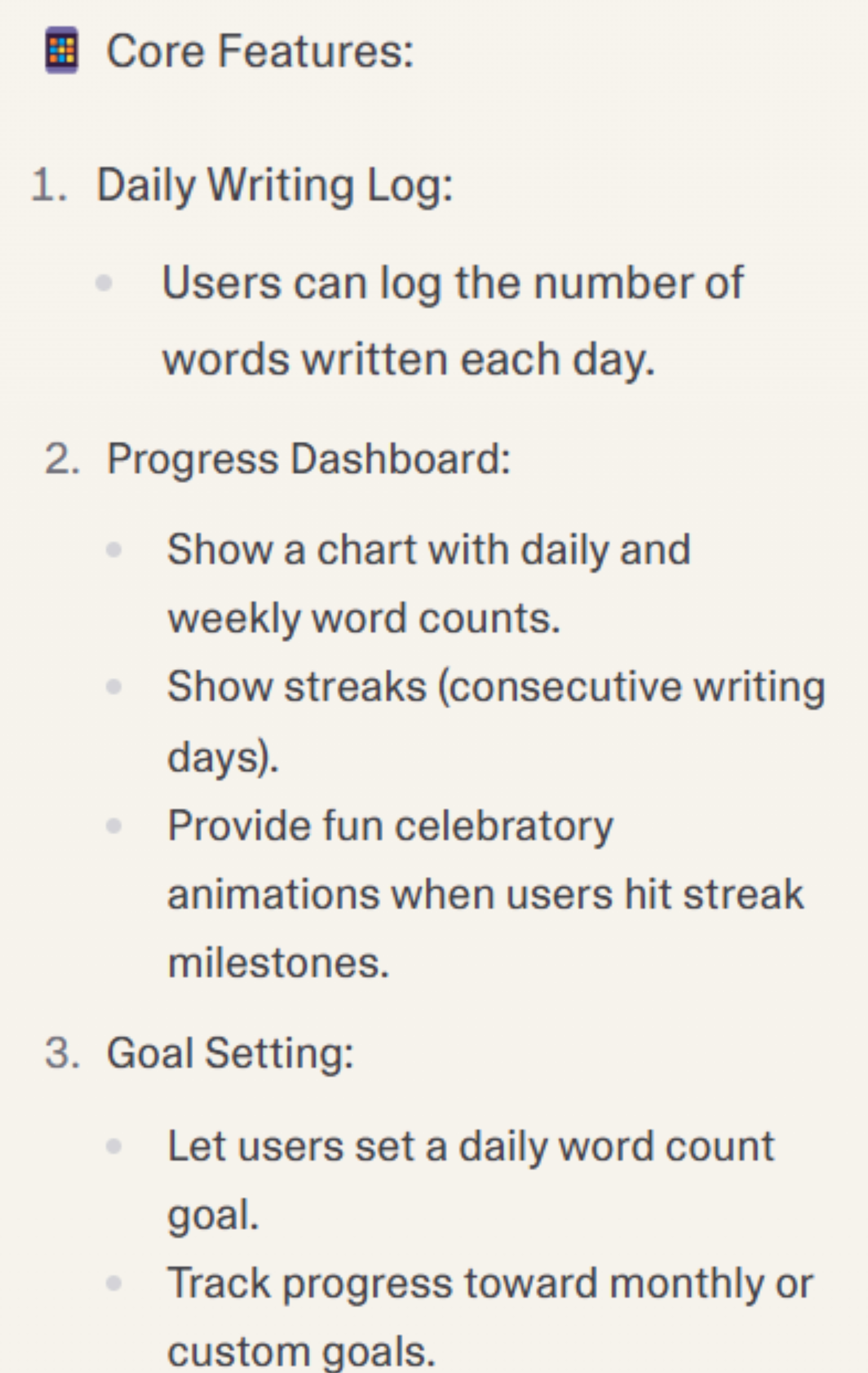
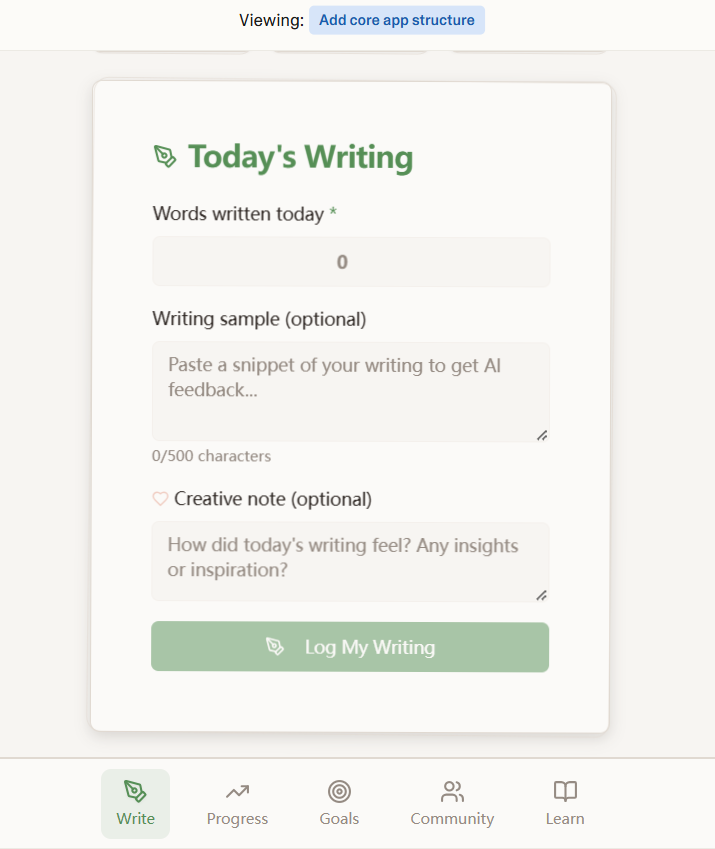
Conclusion
Vibe coding gives you speed. But with prompt optimisation, it finally gives you control.
Once I started treating prompts like design briefs — not random thoughts — my workflow became calmer, my code cleaner, and my caffeine consumption… well, still high, but more productive.
Lastly, here's your quick-and-dirty checklist:
- ✅ Define role/persona
- ✅ Add context and goal
- ✅ Give constraints
- ✅ Specify output format
- ✅ Iterate — one tweak per run
Prompt engineering isn't rocket science. It's just structured overthinking.
🧠 FAQ: Prompt Optimisation for Real People
Q1. What's the easiest way to tell if my prompt sucks?
If the output surprises you in a bad way twice in a row — it's your fault, not the model's. Rewrite it like you'd brief a designer. Short, clear, scoped.
Q2. What's a "spaghetti prompt"?
It's when you keep adding "oh and also…" to the same prompt until the AI doesn't know which instruction to obey. Delete half of it. Start modular.
Q3. How do I know when a prompt is "good enough"?
When the AI output looks 80% usable on the first try. The last 20% is just seasoning.
Q4. Can I reuse prompts across projects?
Yes — make a "prompt library." Treat them like design templates. A good prompt is a mini-tool. Clone, edit, reuse.
Q5. Do I need frameworks like Chain-of-Thought?
Only if your task is complex. For 80% of product or design work, "Role + Context + Task + Constraints + Format" does the job beautifully.
Final Thought
Prompt optimisation won't make you a better coder overnight. But it will make your chaos manageable. And once you stop fighting your own prompts, you'll have time to build things that actually ship. 🚀
Or, at the very least — less trash in your folder.
🔗 Read More
If you enjoyed this blog and want to explore what & how AI can help you design and prototype with intuition, check out my related posts:
- 👉 How to Use AI for Vibe Coding: A Step-by-Step Beginner's Guide
- 👉 Best No-Code Tools for Product Managers & Builders
- 👉 How US Writers Build Daily Writing Habits (2025 Guide)
Or you may want to learn more about the writing habit tracking products,check out my post:
Ready to experience Writick?
Start building your writing habit tracker today.